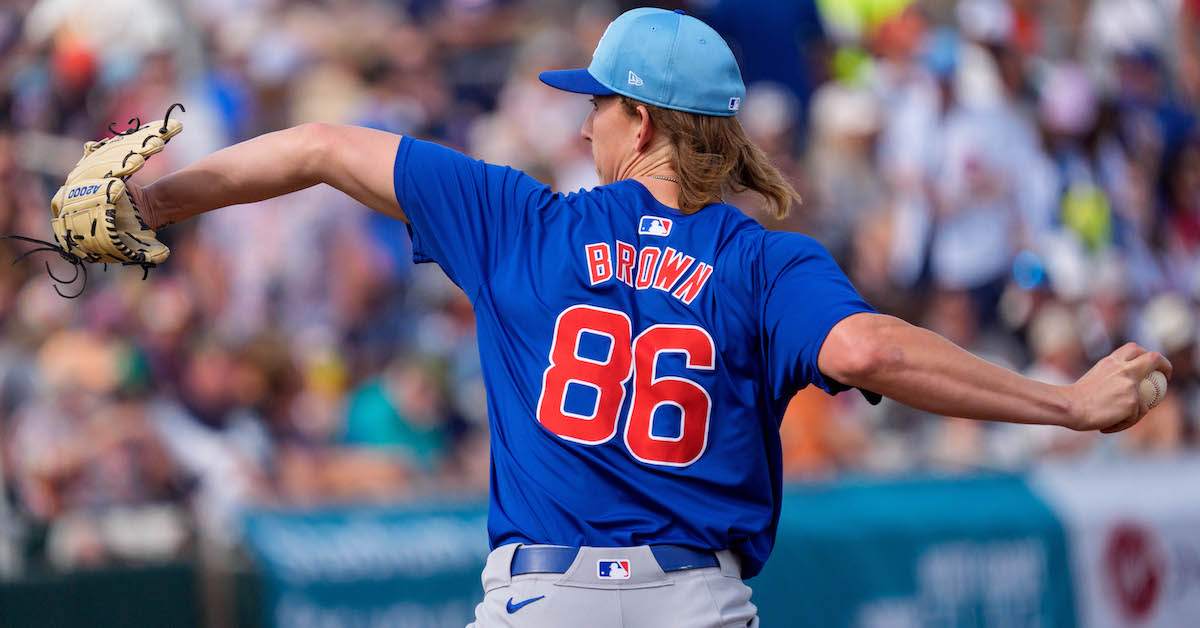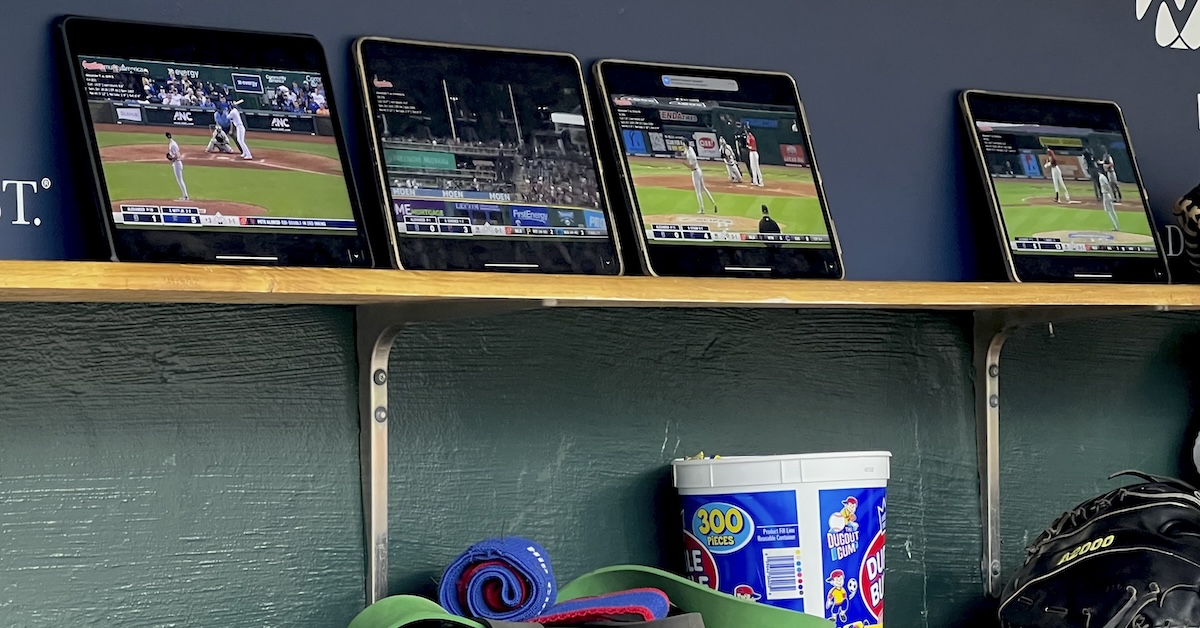Sunday Notes: Orioles Prospect Enrique Bradfield Jr. Knows His Game
Enrique Bradfield Jr. has good wheels, and he can also hit a bit. Drafted 17th overall last year by the Baltimore Orioles out of Vanderbilt University, the 22-year-old outfielder not only slashed .311/.426/.447 over three collegiate seasons, his table-setter batting style translated smoothly to pro ball. In 110 plate appearances versus A-ball pitching, Bradfield batted .291 with a Bonds-esque .473 OBP.
The chances of Bradfield’s ever being comped to Barry Bonds are basically nonexistent. At 6-foot-1 and 170 pounds, the erstwhile Commodore is, in the words of our prospect co-analysts Eric Longenhagen and Tess Taruskin, “a contact-oriented speedster who will also play plus defense.” Power isn’t a meaningful part of his game. Bradfield went deep just 15 times at Vandy, and not at all after inking a contract with the O’s.
He doesn’t expect that to change. When I asked him during spring training if he’s ever tried to tap into more power, Bradfield said that has never been a focus, adding that he’d “be going in the wrong direction if it was.” That seems a shrewd self-assessment. A line-drive hitter who swings from the left side, Bradfield will ultimately reach Baltimore by continuing to propel balls from foul pole to foul pole. Read the rest of this entry »






